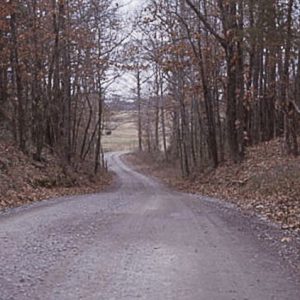 Old Wire Road
Old Wire Road
Entry Category: Museums and Historic Sites - Starting with O
 Old Wire Road
Old Wire Road
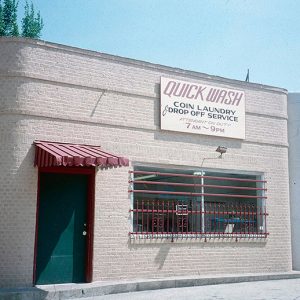 Opal's Steak House
Opal's Steak House
Opal’s Steak House
 Original Wallpaper
Original Wallpaper
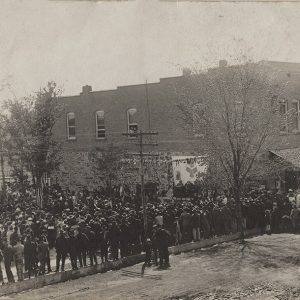 Orphan Train
Orphan Train
Otis Theodore and Effiegene Locke Wingo House
Ouachita Avenue Historic District
Ouachita County Courthouse
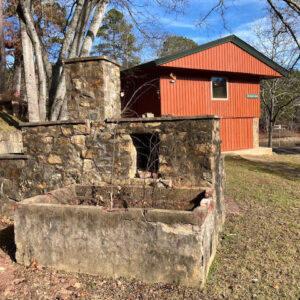 Outdoor Stone Oven
Outdoor Stone Oven
Overstreet Hall
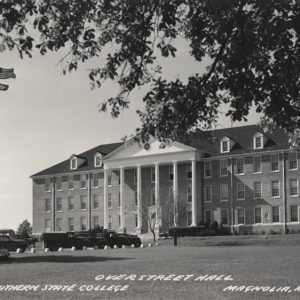 Overstreet Hall
Overstreet Hall
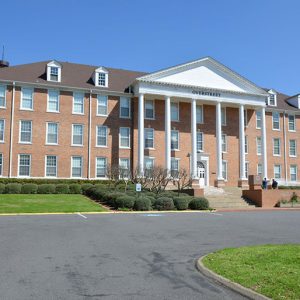 Overstreet Hall
Overstreet Hall
Ozark Heritage Arts Center and Museum
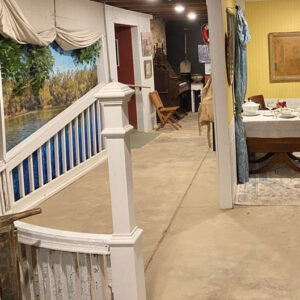 Ozark Queen Display
Ozark Queen Display




